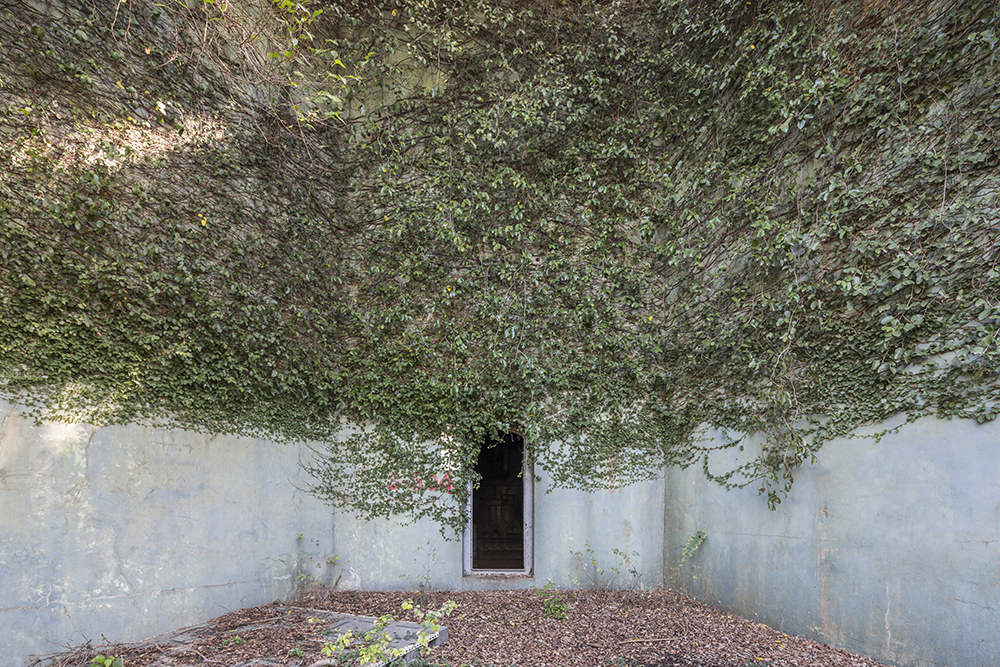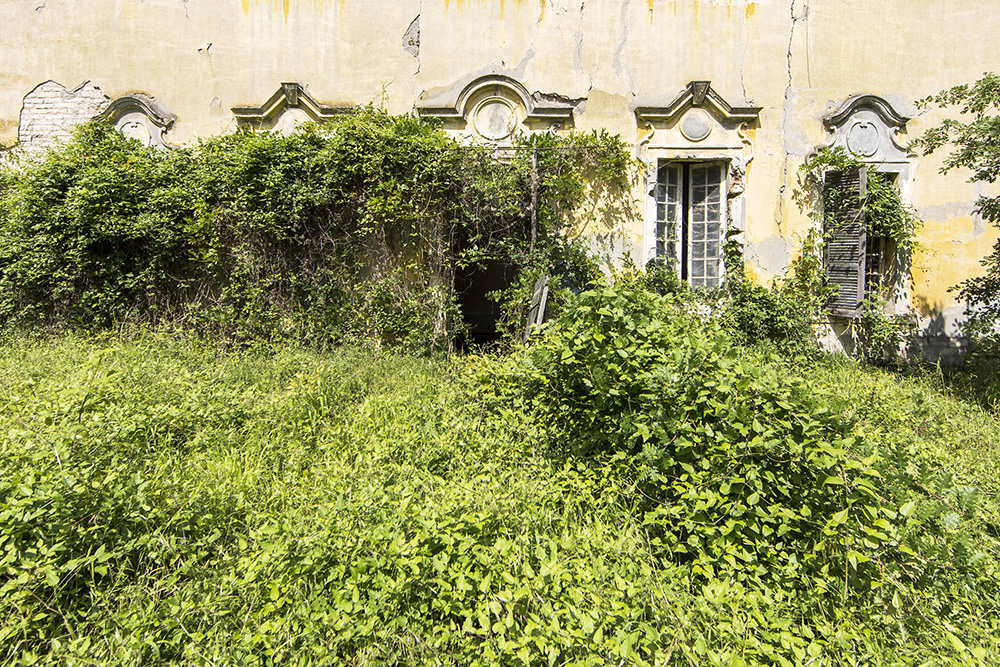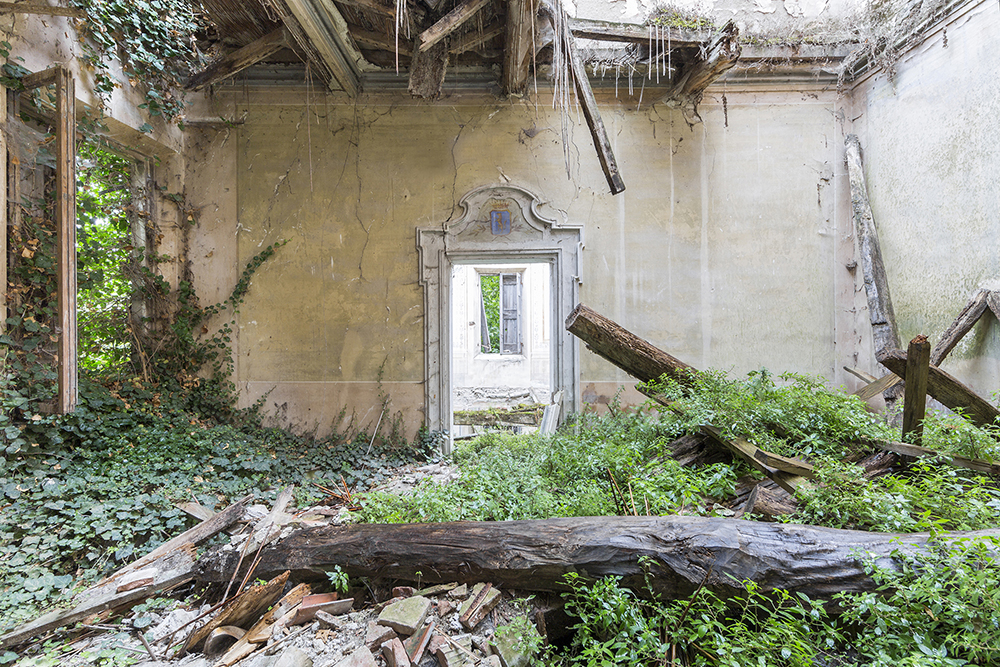Naturalia: Chronicle of Contemporary Ruins
As a child, I saw a wildlife documentary that marked my life. It focused on the melting of the ice caps and its consequences on polar bears’ life. I still remember this bear that struggled to swim and find a piece of ice floe. It seems that “children are like wet cement. Whatever falls on them makes an impression.” (Dr Haim Ginott). This vision marked me so much that during all my childhood, every time any of my parents did anything that seemed bad for the environment, it told them this sentence: «Watch out, you kill the bears!!”
This ecological consciousness, that moves me since my youngest age, has little by little focused my interest on abandoned places reclaimed by Nature. She is stronger, and whatever happens to Man, She will always be there.
Moreover, Naturalia: Chronicle of Contemporary Ruins asks a fundamental question: that of the place of Man on Earth and his relationship with Nature. Far from being pessimistic, and at a time when Man’s domination of Nature has never been so extreme, it aims to wake our consciousness.
Man builds, Man abandons. Every time for his own peculiar reasons. Nature does not care about those reasons. But one thing is for sure, when Man leaves, She comes back and She takes back everything.
In his poem Eternity of Nature, brevity of Man, Alphonse de Lamartine writes “Triumph, immortal Nature! / Whose hand full of days / Lends unlimited strengths / Times that always rise again!” In her inexorable progression, She starts reclaiming a statue in the park of a French castle (slide 1). Then, She tackles the facade of an Italian villa (12) before infiltrating the interior of a Croatian castle (14) or a Belgian greenhouse (25). Then, She grows in the atrium of a Polish palace (31), in a Hungarian train station (32) or a Cuban theater (34) before invading a Montenegrin castle (52). Next, given more time, She imprisons a Taiwanese mansion with her strong roots (59).
The next steps? Collapse and burial.
French poet Léo Ferré said “With Time goes, everything goes”. So, when Nature and Time will have taken back what Man abandons, what will be left of our civilization?
By Yann Arthus-Bertrand
Photographer, reporter, director and environmentalist. President of theGoodPlanet Foundation
(Part of the preface of my book Naturalia II)
When I met Jonk and he showed me his project, I could feel he was driven by a real passion, almost an obsession. I love people who are impassioned; they are the ones who actually make things happen. We have a lot of things in common. We are both self-taught, I learnt how to take photos from the lions and he learnt on abandoned wastelands. It was the Rio Conference in 1992 and the double-page spread about it in Le Monde that pushed me to start working on La Terre vue du ciel. It was the first time sustainable development, global warming and declining biodiversity were mentioned. As for Jonk, he was triggered off by a documentary on the melting ice-caps and its consequences on the lives of polar bears. When I was making La Terre vue du ciel, I really felt that I was creating something and that all of these photographs, one next to the other, was something very powerful. I was one of the only people to believe it then but I was driven by a passion that pushed me to keep going. And today, Jonk is driven by the same passion. […]Today, the way forward is to tell the truth. What we can do as photographs is to confront people with the truth. What Jonk is doing with Naturalia carries a really strong message: showing how the Earth would look if Man were to disappear. This message might be apocalyptic. But the way he does it certainly isn’t at all. By carefully choosing the places he photographs, Jonk uses beauty to get his message across. The understated framing strengthens the message even further. Jonk takes a back seat compared to his images. A beautiful photo, simple, without artifice, is worth more than any discourse and warns people that there is a real urgency, the threat is real, the future of humanity is in our hands, it is too late to be pessimistic and that it’s time for action. Through his work, he tries to make people aware that they must take action now. He wants to bring ecology to the forefront of people’s minds.
“It is a sad thing to think that Nature talks and that mankind does not listen” Victor Hugo
“We cannot despair of humanity, since we ourselves are human beings” Albert Einstein




























































